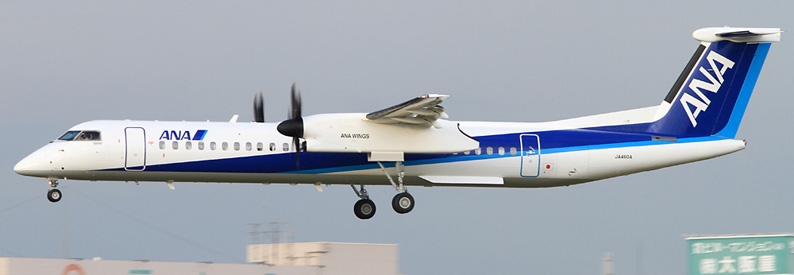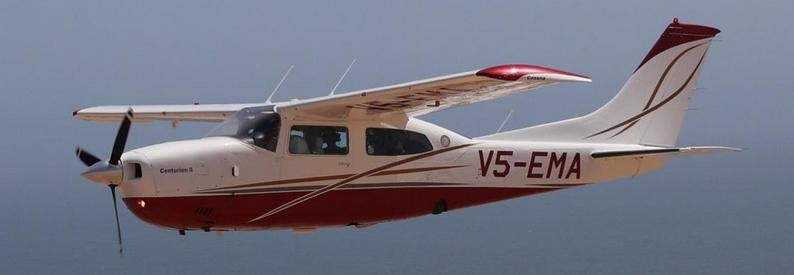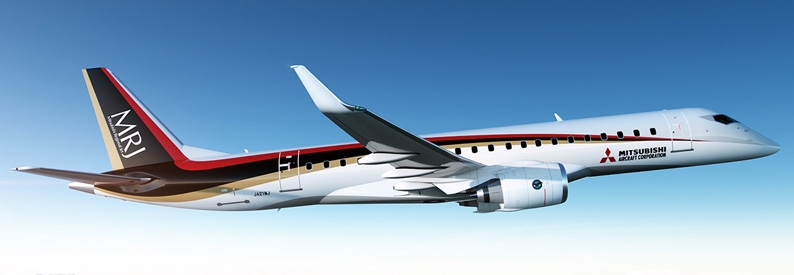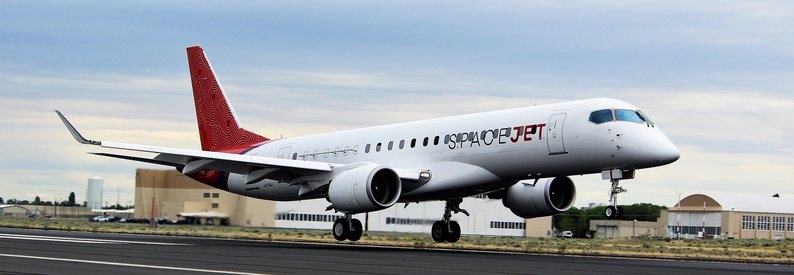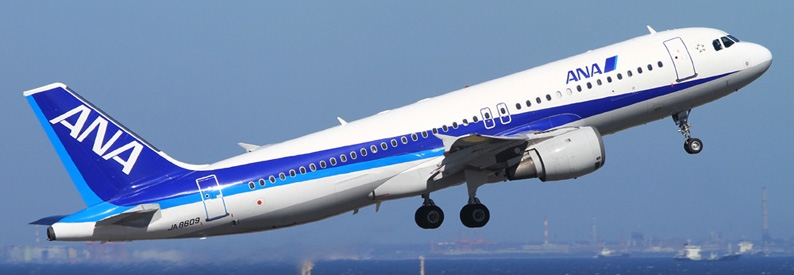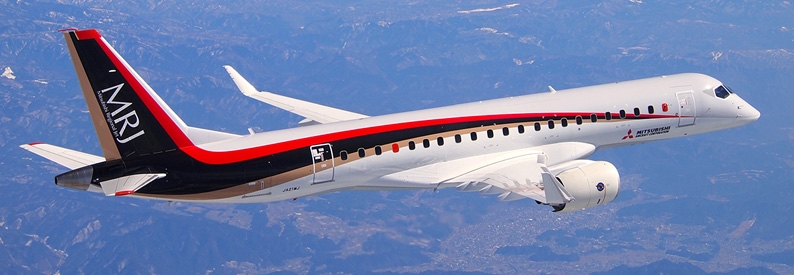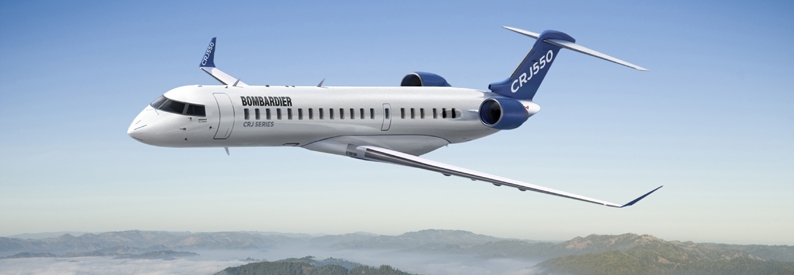The Mitsubishi Aircraft Corporation (Nagoya Chubu) SpaceJet regional airliner is facing a major setback as plans for series production have been suspended and half the company’s aviation staff cut.
Internal notices were sent to Mitsubishi Aircraft Corporation employees last week, Nikkei reported, with some 1,500 employees to be cut. These workers are expected to be transferred to parent company Mitsubishi Heavy Industries or other units in the group.
Delivery of the SpaceJet, formerly known as the Mitsubishi Regional Jet, has been repeatedly delayed and was most recently scheduled for after March 2021. ANA - All Nippon Airways (NH, Tokyo Haneda) was supposed to receive its first aircraft in mid-2020.
The programme has already been delayed by eight years and, according to Mitsubishi Heavy Industries, had accrued a JPY174.6 billion yen (USD1.6 billion) EBITDA loss between April and December 2019. Mitsubishi expects the SpaceJet programme to lose another JPY120 billion (USD1.12 billion) this financial year. In May, Mitsubishi announced it will halve the budget for the SpaceJet programme to JPY60 billion (USD558 million) for the year ending March 31, 2021, according to Mitsubishi's projections.
The project has been delayed by the need to redesign wiring and other systems on the aircraft, parts delivery and reviews of the manufacturing process. Mitsubishi was hoping to develop a 70-seat variant (M100) after completing the current 90-seat M90 jet. However, development of the 90-seater has stalled as Mitsubishi is unable to transport the latest prototype to the United States for flight testing, Aviation Wire reported.
In line with job cuts in Japan, Mitsubishi is cutting hundreds of staff in Washington state and closing operations in the United States due to “budget directives,” a company spokesman told The Seattle Times on May 23.
The Mitsubishi Aircraft United States headquarters in Renton will close, and flight test operations in Moses Lake will be halted, although a small crew will be retained to store and maintain the four test aircraft currently there. The fifth aircraft that was due to head to the United States was to be the certifiable baseline design.
The SpaceJet programme was launched in 2008 as a roomy regional airliner and Japan’s first commercial passenger jet, and it was planned to enter service in 2013. Flight testing only began in 2015, however, first in Japan and then from 2016, in the United States.
Mitsubishi is also pursuing the regional market through its acquisition of the Bombardier Aerospace (BBA, Montréal Trudeau) CRJ programme, which is due to be finalised by June 1. The newly created MHI RJ Aviation Group (MHIRJ) will assume responsibility for the CRJ Program thereafter.
